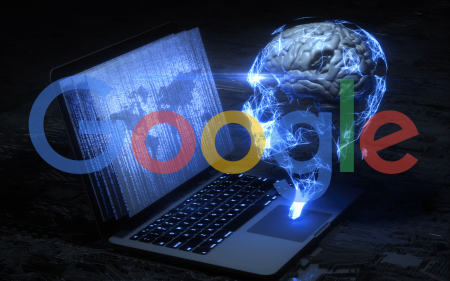If you haven’t heard of it, you soon will. Edge computing, or computing at the edge, is going to be a term you’ll hear more of in this cloud-connected internet age.
The computer as we know it has evolved from the beige box on our desk into the vast and powerful thing we now call cloud computing. Much more powerful machines than those desktop pioneers sit in massive data centres with innumerable racks of servers.
Our laptops, even though vastly upgraded from the early laptops I used in the mid-1990s, are really on the edge – as are smartphones and tablets.
The ultimate example of this is Microsoft itself, the driver of the original catalyst of the desktop personal computer. Under new CEO Satya Nadella, Microsoft is not only the largest maker of software but second only to Amazon Web Services as the biggest supplier of cloud services.
So much so that Windows is now part of the division that does cloud-computing.
Part of the reason that all this is possible is a happy confluence of three maturing technologies. First was the shift to the cloud in the early 2000s, then the rapid rise of much more powerful cellphones, now called smartphones that literally put mobile computers in the hands of hundreds of millions.
Finally, the faster networks that we got through wired fibre optic and the wireless broadband that began with 3G, got serious with 4G and is expected to get fibre-fast with 5G.
These fifth-generation cellular networks promise up to 1 Gigabit per second speeds, although the only current commercially operational one – Rain, co-founded by celebrity banker Michael Jordaan – supplies an average of 200 Megabits per second (Mbps).
It’s fantastic, even at 30Mbps (which is what I mostly get on my home wifi, through fibre on my smartphone). A wired ethernet connection gives an almost full 100 Mbps. It’s a thing of beauty.
After years of travelling to Europe, the US and Asia where broadband was in full swing, for the last few years I have better internet connection down at the tip of Africa. I feel like the internet 1%.
It’s this aggressive rollout of the network that has made what we now call edge computing possible. The real data-crunching is done in the core of the network.
Microsoft calls its intelligent cloud an intelligent edge.
Whatever device is on the edge – be it a smartphone or any of the new Internet of Things (IoT) devices that include internet-enabled cameras and sensors, and fridges – it draws its power from the intelligent cloud. It’s a game-changer, especially when those edge devices could include autonomous cars or telemedicine devices that let surgeons operate from anywhere else in the world.
The advent of 5G, which the GSMA estimates could contribute $2.2-trillion to the global economy by 2034, means much faster wireless connections from the cloud to the edge, and vice versa.
The cellular networks should be anxious about becoming so-called “dumb pipes” as they look to reinvent themselves as suppliers of some of these services. Nobody saw how WhatsApp and other internet messaging apps (including Facebook Messenger, Twitter, Viber, Skype, Telegram, Signal and others) would destroy the once-lucrative messaging market that was one only SMS.
It’s also a trend that has potentially found its true calling during this age of coronavirus-induced work-from-home period of heightened paranoia.
Welcome to the intelligent edge.




